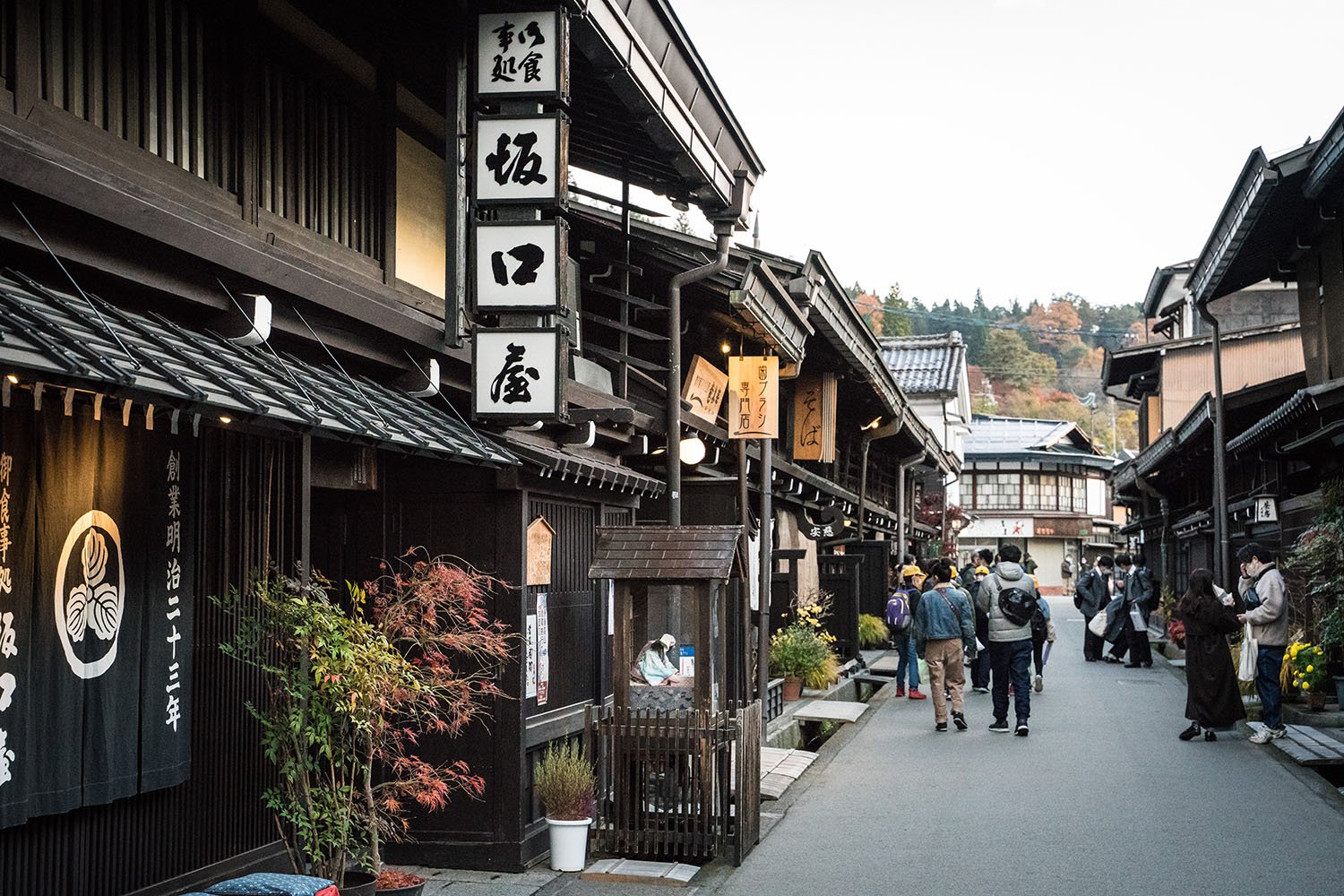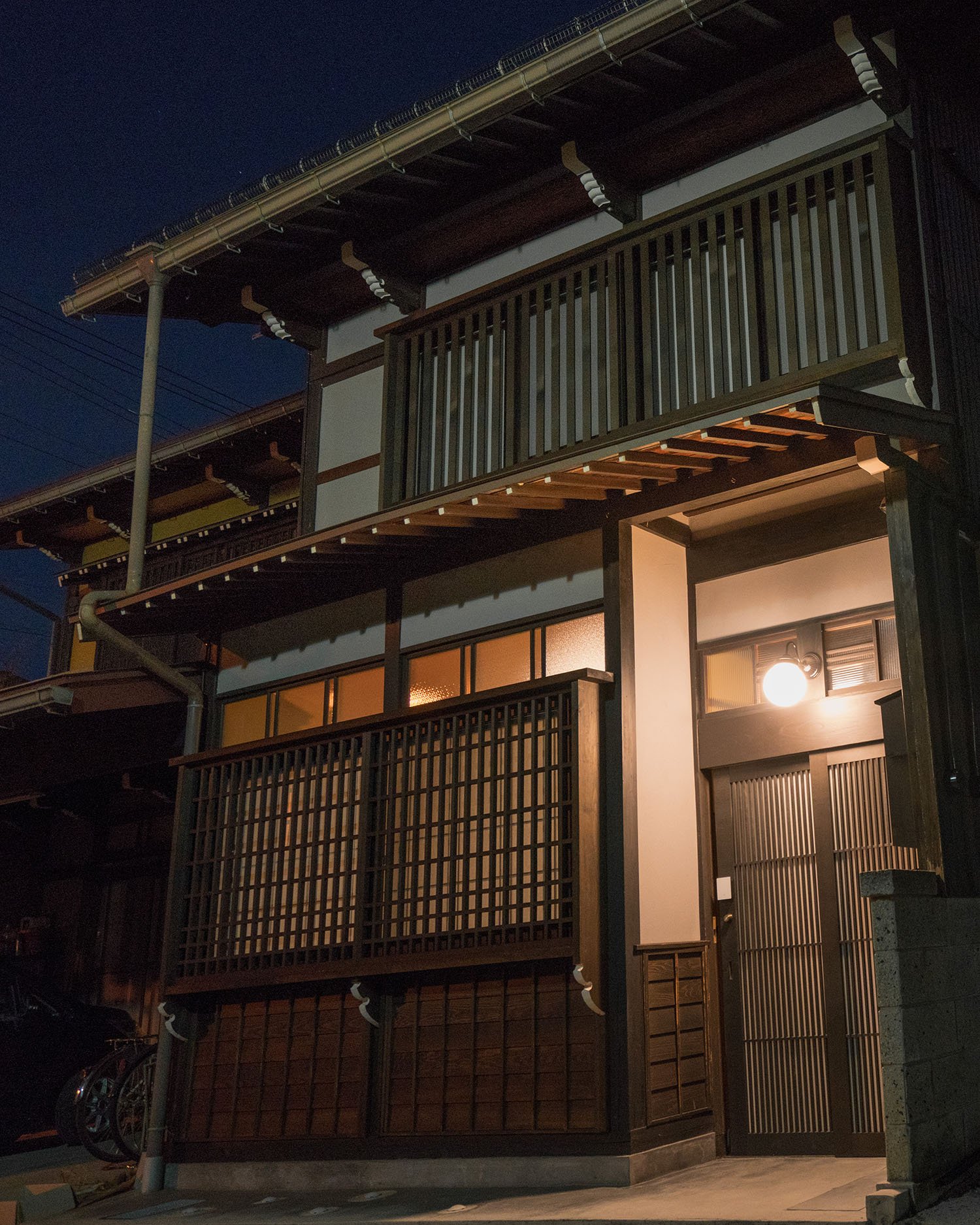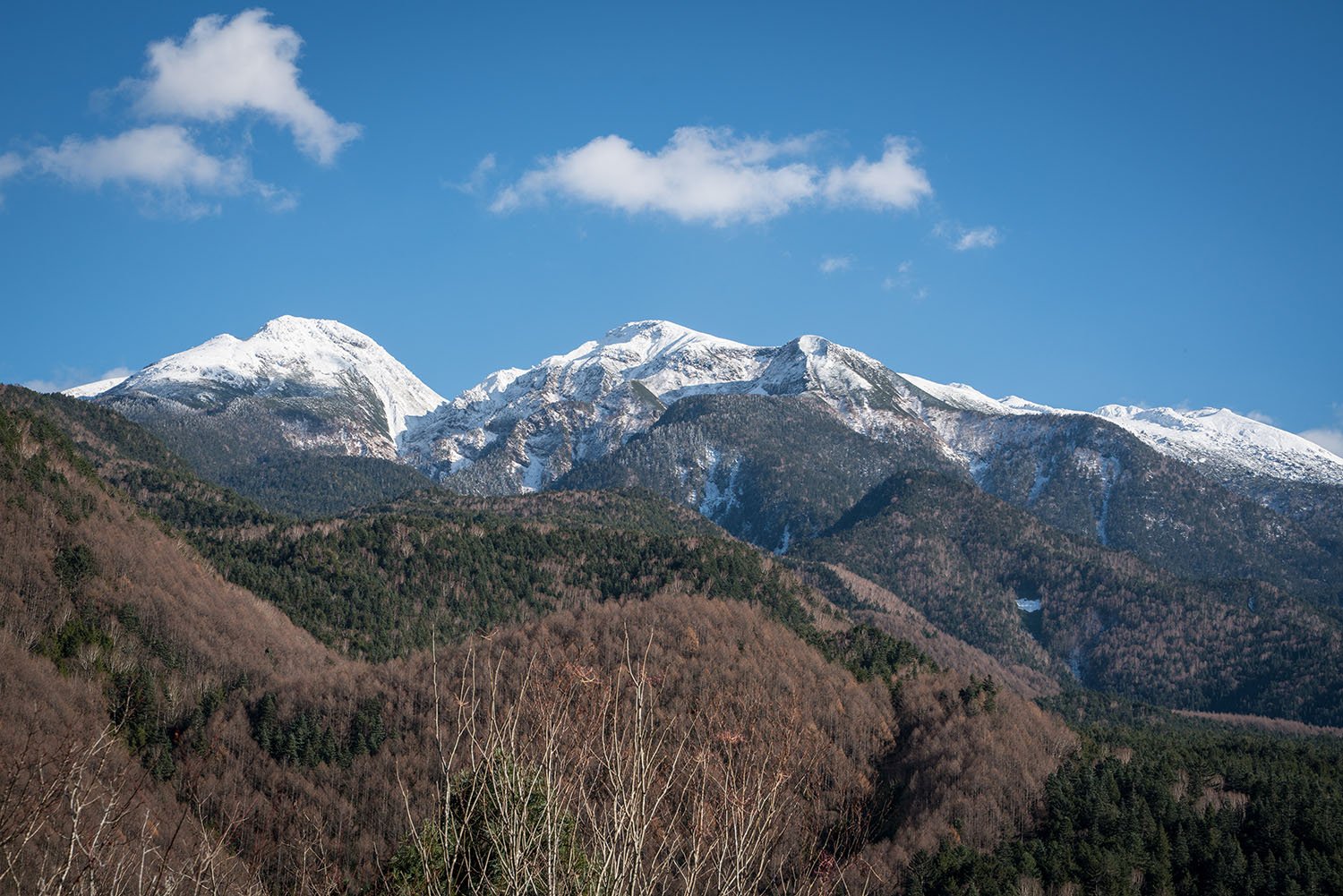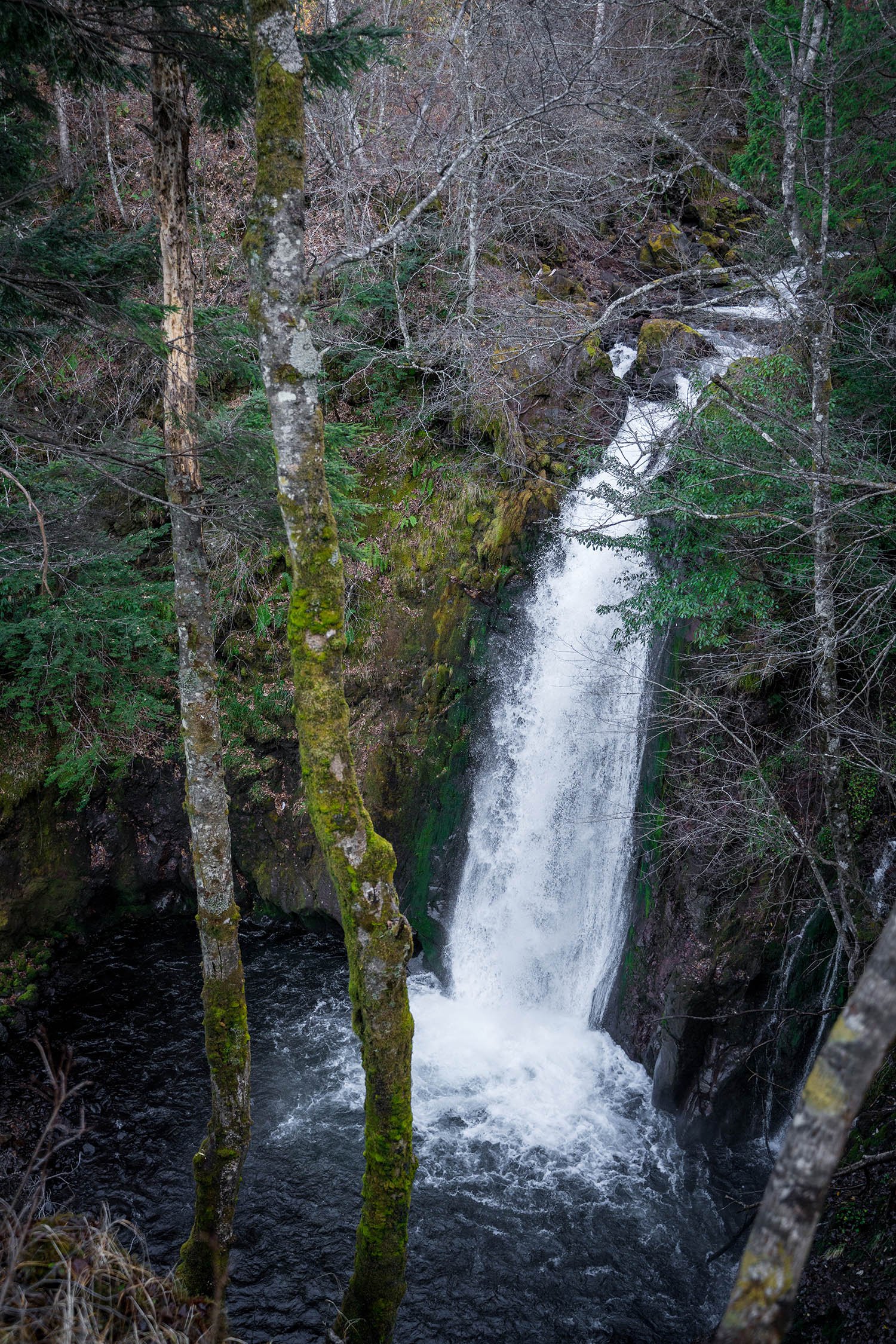Chasing Sustainability in Takayama
by Kyle Opitz
From preserved townhouses to protected nature parks, Takayama is eyeing travel's latest trend - sustainability.
Kyle Opitz is Wondertrunk's Travel Manager and Photographer. Originally from Colorado, Kyle has lived in Japan for over 11 years, from remote villages to picturesque craft towns to the mega-metropolis of Tokyo, and is one of the country's most knowledgeable travel experts.
Takayama is “the little town that could” - an unassuming, rural municipality in landlocked Gifu Prefecture that, despite its lack of big-name attractions or convenient bullet train access has beaten the odds to become one of the most popular travel destinations in Japan. Each year, thousands of visitors make the journey to Takayama in search of wide-open spaces, bucolic scenery, and the kind of easy charm and cultural authenticity that is so often found in the countrysides of the world. For many savvy travelers and Japanophiles, the town’s picturesque historic quarter, outdoor markets, museums and galleries, and tiny restaurants serving up local Hida-gyu beef have become household names. Having visited more than a couple of times myself, I too thought that I had the area pinned down, but a recent trip back to Takayama and Chubu-Sangaku National Park that lays to its east proved that the region still has a few pleasant surprises up its sleeves.
Day 1
Old Favorites in Takayama’s Old Town
After arriving in Takayama on a chilly day in November, I spent a relaxed afternoon strolling along the familiar streets of Sanmachi Suji, a compact and carefully preserved “living history” district where dozens of traditional, wooden machiya townhouses line the narrow streets. First built during the Edo Period, many of the wood-latticed machiya that were once residences of the area’s wealthy merchants have been transformed into attractive shops, cafes, and galleries - a textbook example of adapting to the present while respecting the past. Passing by school kids on their way home and rickshaws carrying excited tourists to their next destination, I ducked into a local cafe to stave off the encroaching chill with a cup of hot coffee and a generous slice of handmade cheesecake flavored with local sweet potato. I didn’t feel too guilty after the indulgent, midday dessert, since I knew the following day’s lengthy hike would help balance out the extra calories.
Rest & Relaxation in a Luxury Machiya
As the sun set and the locals retreated into the warmth and comfort of home, I made my way to my own accommodation for the night, a nearby machiya that was recently renovated into a luxurious, private guesthouse. Machiya are typically very narrow when viewed from the front but are surprisingly deep, the result of cunning builders exploiting a loophole in Edo-period laws that taxed buildings according to their width but not their depth or height. So while my machiya may have appeared quite humble from the outside, stepping through the sliding front door revealed a spacious, tastefully appointed interior that effortlessly blended traditional and contemporary design. After dinner followed by a rejuvenating soak in the attached open-air hot spring bath, I headed for bed, tired, contented, and excited for the coming adventure.
Day 2
The road less traveled: Goshikigahara
Dawn broke clear and bone-chillingly cold, and I found myself grateful for the thick, woolen socks and pocket hand warmers that I had brought with me. Driving eastward out of Takayama, my fellow travelers and I were soon surrounded by snow-dusted farmland that eventually gave way to autumnal foothills sloping ever upward toward the Hida Mountains. Our destination was Goshikigahara, a sprawling and near-perfectly preserved forest park at the southern tip of the mountainous Chubu-Sangaku National Park. But before we could begin our hike, we first made our way to the Goshikigahara Forest Tour & Information Center to meet our guide. Gathered around a hissing kerosene stove for warmth, our group listened intently as our friendly and knowledgeable guide, Natsuko, briefed us on the park’s history, the day’s route, and importantly, how to enjoy the incredible nature surrounding us while minimizing our own impact.
Leaving No Trace
First opened to visitors in 2004, Goshikigahara is a triumph of nature conservation, with each aspect of the park carefully designed to ensure sustainability and protection of the forest as well as its furry and feathered inhabitants. Hikers are confined to a network of trails crisscrossing the park, but don’t let that fool you into thinking that visitors are herded around on over-crowded and over-developed paths. Only a limited number of hikers are permitted to enter the park each day (and only in the company of a local, licensed nature guide), and the lengthy trails provide ample space for groups to spread out and enjoy the landscape in isolation. In places where hikers have to cross over streams, marshlands, or delicate ecosystems where foot traffic could easily damage mosses, lichens, or other plants, boardwalks and log bridges have been built using local, naturally fallen timber - no living trees were cut for the construction of the trails, nor was any lumber imported from other parts of the country to prevent the spread of invasive insect species.
No Stone Left Unlearned
There may be just a handful of main trails through Goshikigahara, but what they lack in quantity they more than make up for in length. The shortest, casual hike still takes 3 hours, while the longest circuit trail takes a full 9 hours to complete. We chose the intermediate 6-hour trail, and with our guide Natsuko leading the way, set out into the forest at a brisk pace, hoping to work some warmth back into stiffening fingers and numb toes. As we walked through birch forests, past volcanic boulder fields, and over fast-flowing streams, Natsuko proved to be an invaluable leader as well as an amiable trail companion. Not only did she help us expertly navigate the many forking paths and junctions, but she also possessed seemingly endless knowledge about the forest, down to the most minute details about every plant, fungus, rock formation, bird, and beast. By the time we stopped for lunch, I felt as though I had just completed the world’s most engaging course in biology, botany, and geology.
The Grand Finale
After a lunch of bento boxes that somehow always seem to taste even better when eaten under the open sky, we resumed our hike, nearing the end of the trail and the day’s grand finale. Descending into a valley, we began to hear the faintly audible sound of moving water - a lot of moving water. As we pressed on toward our goal, the sound grew steadily louder and the air filled with mist. With the sound of the falls now at a steady roar, we rounded a corner and were met with the dazzling sight of Yokote Falls plunging into a deep, blue pool at its base. We stopped briefly to marvel at the falls and take photos, basking in the crisp air and negative ions said to be created by the water in motion. Moving onward from Yokote, a metal suspension bridge that spans the river flowing from its base brought us at last to Nunobiki Falls, the crown jewel of Goshikigahara. Fed by underground springs as well as mountain snowmelt, water cascades over Nunobiki’s wide lip in hundreds of individual rivulets, a curtain of delicate white lace set against emerald moss and jet-black stone. Photos simply can’t fully capture the beauty of such a place, despite my best efforts.
Homeward Bound
With our feet flagging, stomachs rumbling, camera batteries drained, and hearts filled, our journey into Goshikigahara was finally drawing to a close. Reluctantly leaving Nunobiki Falls behind, a short walk brought us to a dirt road where a car was waiting to bring us back to the information center. Just a few hours later and I found myself standing in line at Toyama Airport, waiting to board a flight back to Tokyo and reflecting on my whirlwind journey to Takayama and Chubu-Sangaku National Park. Just one day before, as I followed the familiar route back to Takayama, back to an area that I thought I already knew, I assumed there was little remaining that could surprise me. And yet somehow I found myself leaving with a fresh perspective, a new understanding, a renewed appreciation. I had expected Goshikigahara to provide stunning vistas and pristine natural scenery, and I think it’s safe to say that it exceeded those expectations. But it also provided me with something else, perhaps something that I didn’t expect - a potent reminder that if you look hard enough (and perhaps walk far enough), even familiar places have the capacity to surprise, to delight, and to inspire.
MORE INFORMATION
Be sure to check out this article on Gifu Prefecture’s official visitors’ website (visitgifu.com) for an even deeper dive into Takayama and the nature and ecology of Goshikigahara.
Ready to start planning your trip to Takayama? Get in touch using the easy form below, and one of our expert Travel Consultants will reach out to you to begin the process.
Start your Gifu Adventure.
















